
What is royalty free music?
Royalty Free Music (RFM) is simply a music licensing business model. That’s all it is 🙂
Royalty Free Music is the term commonly given to music that you can use as long as you want, having only paid one single license fee, which means there are no royalties (ongoing fees) for the use of the music track that you’ve bought or licensed.
As such it’s really handy and perfect for creators and entrepreneurs looking to streamline their projects affordably.
By delving into this article, you will grasp the essentials of how royalty free music works, learn to distinguish it from other music licenses, and discover where to source the best tracks for your next project.
Key Takeaways
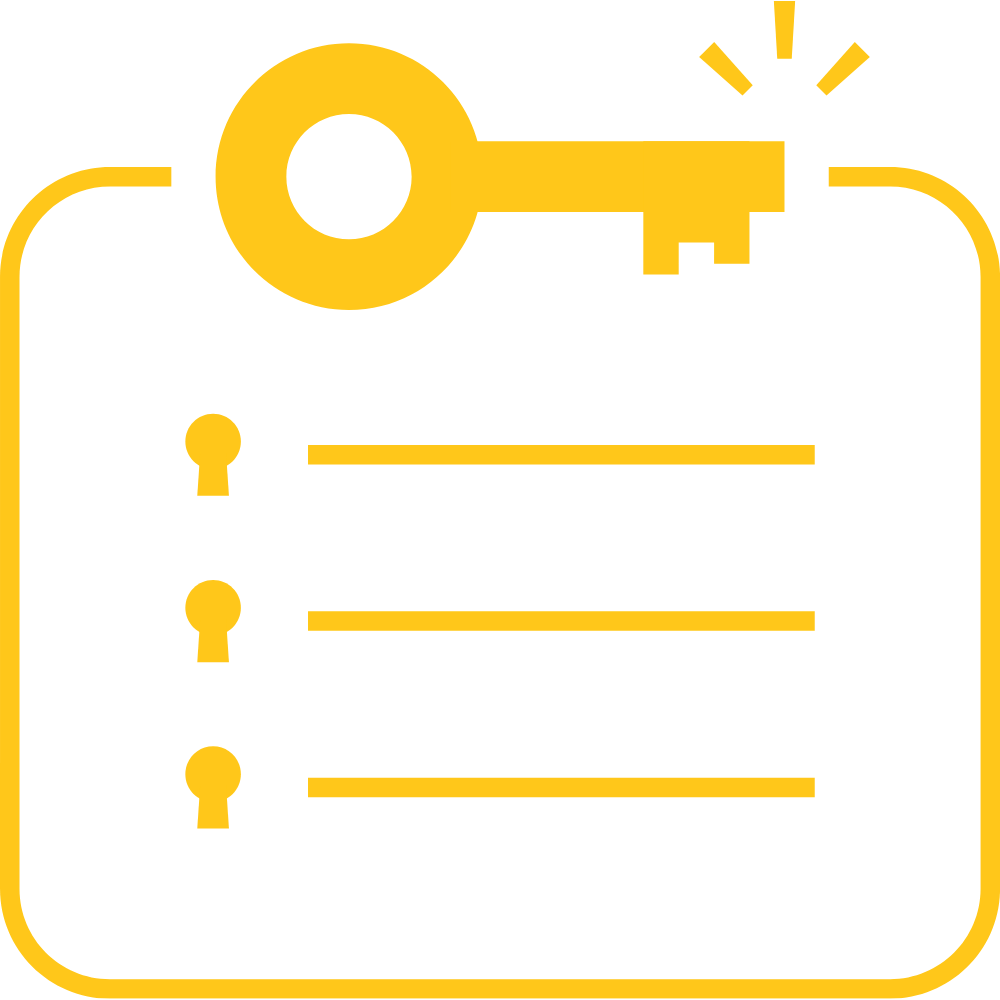
Hey there! Just a heads-up: some of the links on this page are affiliate links. This means if you click on them and make a purchase, I might earn a small commission at no extra cost to you. I only suggest products I genuinely use and trust, or those I believe could truly benefit you. So, feel free to explore, and only grab something if you feel it's right for your needs!
Grab your free
Music Strategy Starter Kit
Understanding Royalty Free Music
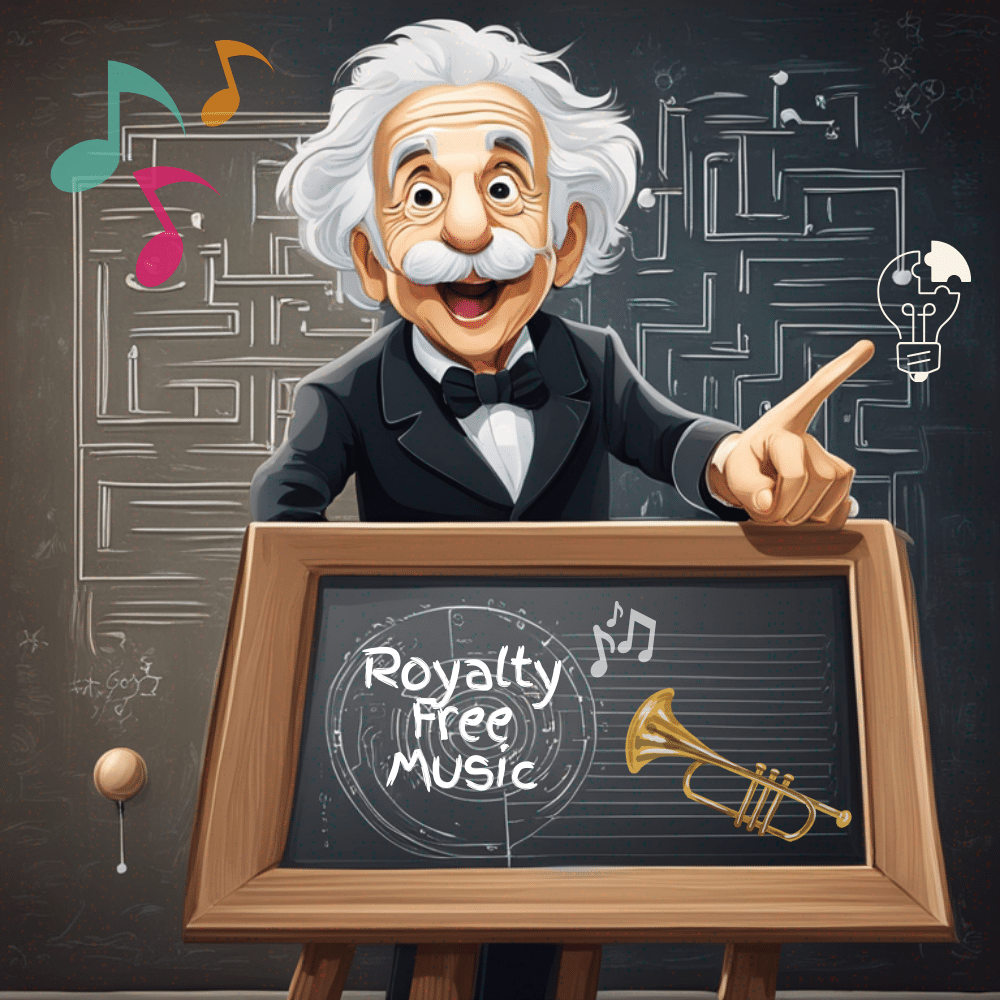
What’s in a name?
It’s the ‘free’ part of Royalty Free Music that causes confusion. In many respects It’s probably easier to talk about what Royalty Free Music IS NOT rather than what it is.
It’s NOT Free music, It does cost money to use it
It’s NOT copyright free or in the public domain
It’s NOT creative commons music
So let’s look at what it is…
In comparison to traditional music licensing where you may have to pay additional fees or royalties in the future, depending upon how and where you wanted to use the music, RFM is a more flexible and cost-effective choice.
Provided you acquire the necessary licensing rights, you can use royalty free music in commercial projects and you don’t have to pay royalties every time you use the track.
Even though you pay a one-time fee for RFM, the copyright still remains with the original creator. So essentially, what you purchase is the right to use the music, not the ownership of the music itself.
The Business Model of Royalty Free Music

What sets the RFM business model apart is the concept of micro licensing.
Micro licensing responds to the needs of the individual online creator and the small to medium businesses, by providing smaller type licenses for smaller projects and uses (hence the name micro licensing).
These micro licenses are more competitively priced than licenses you can get at traditional production music companies for the same type of use.
Micro licensing and Royalty free music is true off-the peg licensing where the user can license a track with just the click of a button from a website or app and obtain a tailored license to suit a particular project. And because it’s more specific and not a blanket deal it’s more affordable.
Typically a RFM license covers most online uses (including online advertising) and will group together most of the common micro licenses and uses together under one Standard License.
A custom license is often provided for uses outside the Standard License and is usually more expensive.
Royalty Free vs. Traditional Licensing
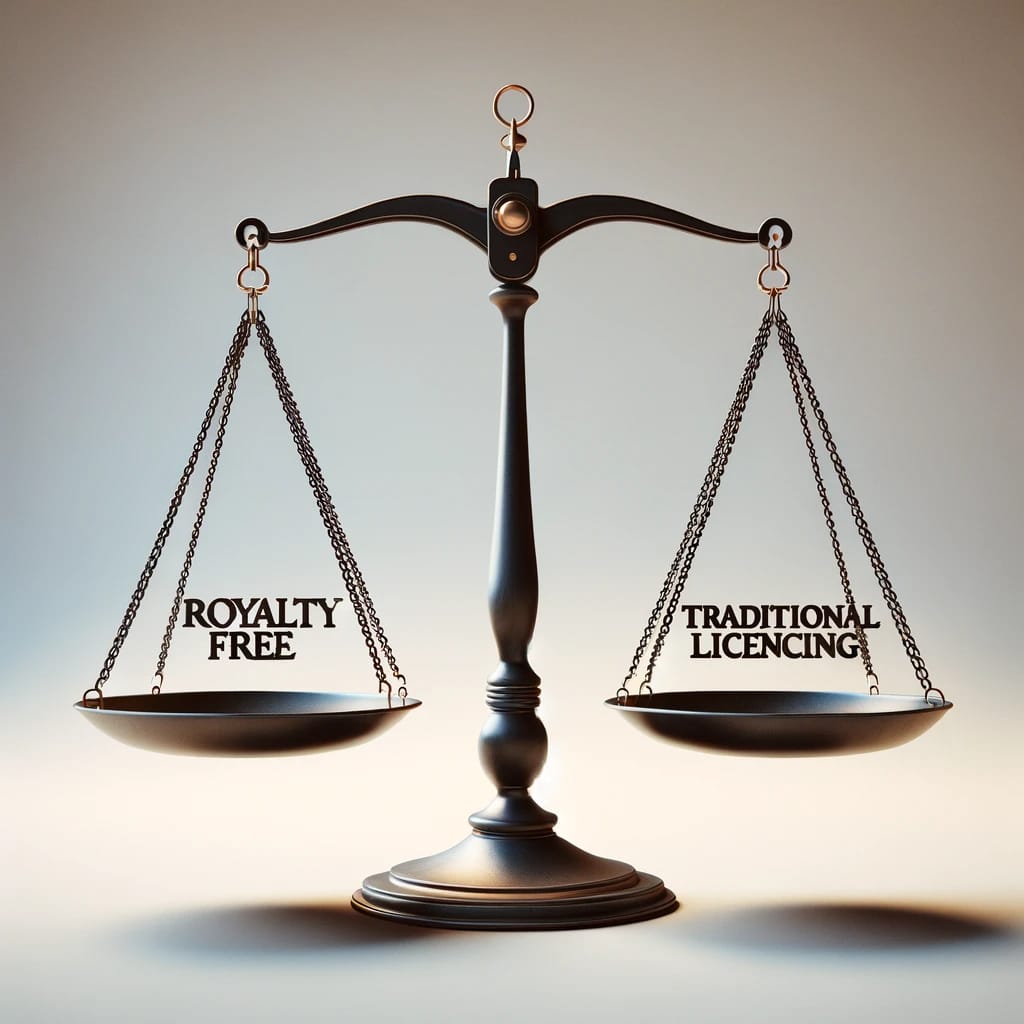
Traditional music licensing tends to focus on the needs of TV Broadcasters and other users who are prepared to pay large blanket license fees for the use of their catalogue. Traditional licensing does provide licenses for smaller businesses and online users, but for many these still prove to be expensive.
This is because traditional music licensing often requires ongoing royalty payments to the music creator or the copyright holder. With royalty free music licensing, you don’t have to worry about continuous payments. A one-time fee grants you the liberty to use the music as extensively as you wish.
Some royalty free licenses allow you to use music in unlimited projects, without having to purchase a new license for each new use or project.
Types of Royalty Free Music
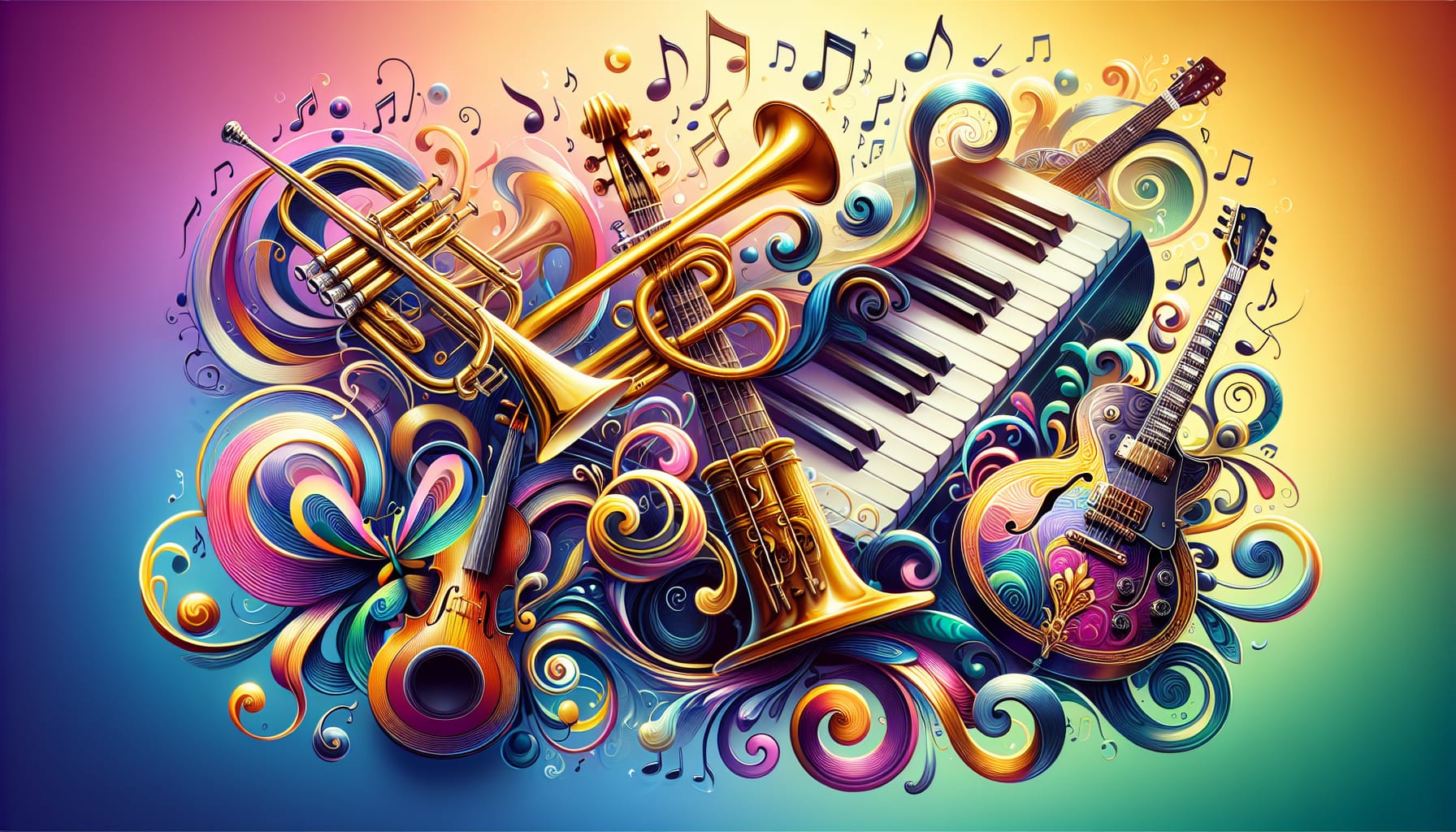
Royalty free music can be categorized into two types: free and paid options. Both offer a wide range of tracks suitable for various projects. Free royalty free music can be found on specific platforms without any upfront costs, but it might come with usage limitations or require attribution.
Conversely, paid royalty free music demands a single license fee in exchange for unlimited usage without additional costs or royalties. The terms of a paid royalty free music license usually means the user does not need to give an attribution or credit the composer.
This is the main difference between a free and a paid royalty free music license.
Grab your free
Music Strategy Starter Kit
The quality and variety of music tracks can vary significantly between free and paid royalty free music too. Here are some key differences to consider:
Paid royalty free music typically presents a broader spectrum of high-quality tracks across various genres and styles.
Free options may offer fewer choices and possibly inferior production quality.
However, some free platforms still have top-notch tracks, so it really depends on the platform and the agreements with the artists.
Free Royalty Free Music
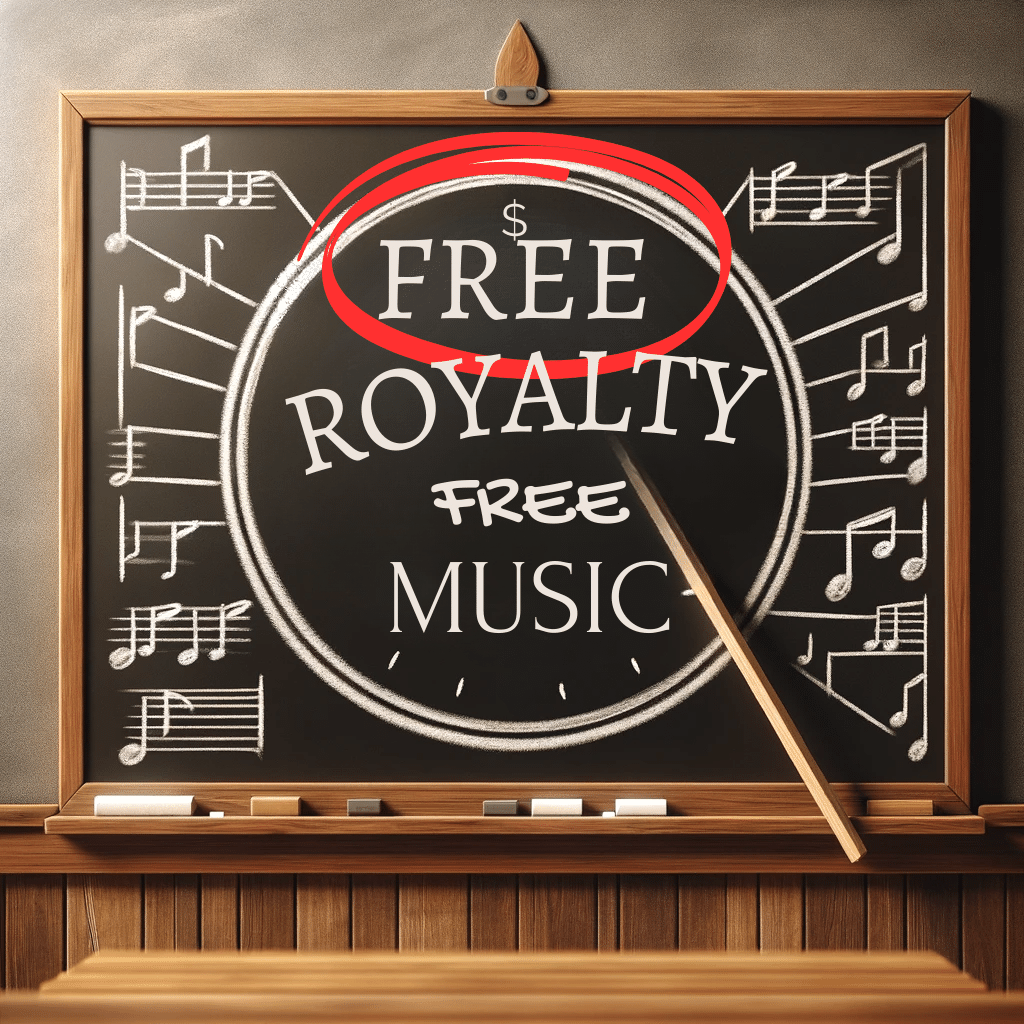
Free royalty free music is music that you can use without paying any kind of fee. Examples is music that is in the public domain, music that is under the creative commons license and music that is given away free by royalty free music platforms and vendors as an incentive to encourage users to consume more of their paid content.
While free royalty free music can be a cost-effective choice, it often comes with certain restrictions. Usually there are some requirements like giving credit to the artist or limitations on how and where you can use this type of free royalty free music.
There are many Platforms offering free royalty free music. Check out this article that goes into depth on some of the best free royalty free sites online.
Creative Commons
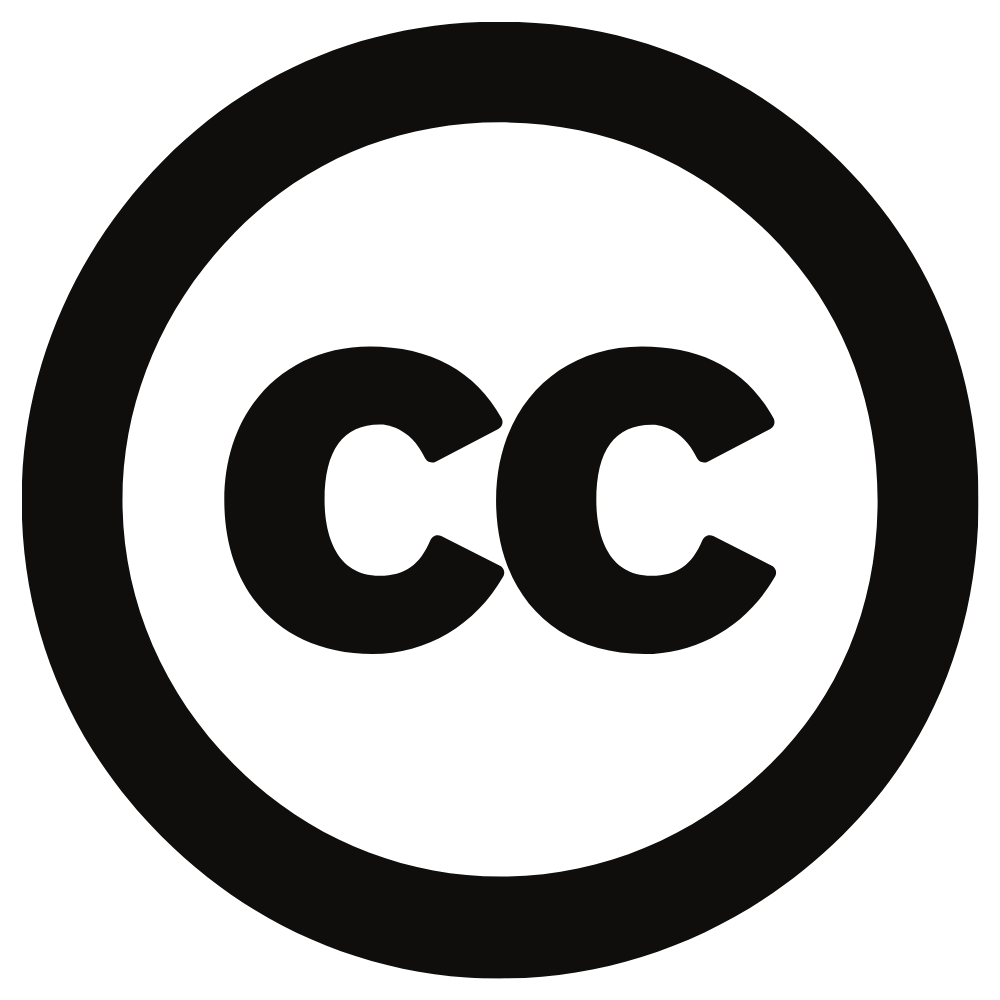
Creative commons music is when a composer gives you permission to use their music for free by granting you the right to copy it for any purpose, free of charge.
There are six creative commons licenses which give different licensing permissions. The most flexible is CC BY which allows the user to include it in new content such as a video or podcast and you can use it commercially too, as long as you give credit (or an annotation) to the composer.
A composer chooses what a user is entitled to do with their music by assigning an appropriate CC license. These are all different, so if you’re using CC licenses, make sure they cover your intended use.
Proper Attribution and Credits
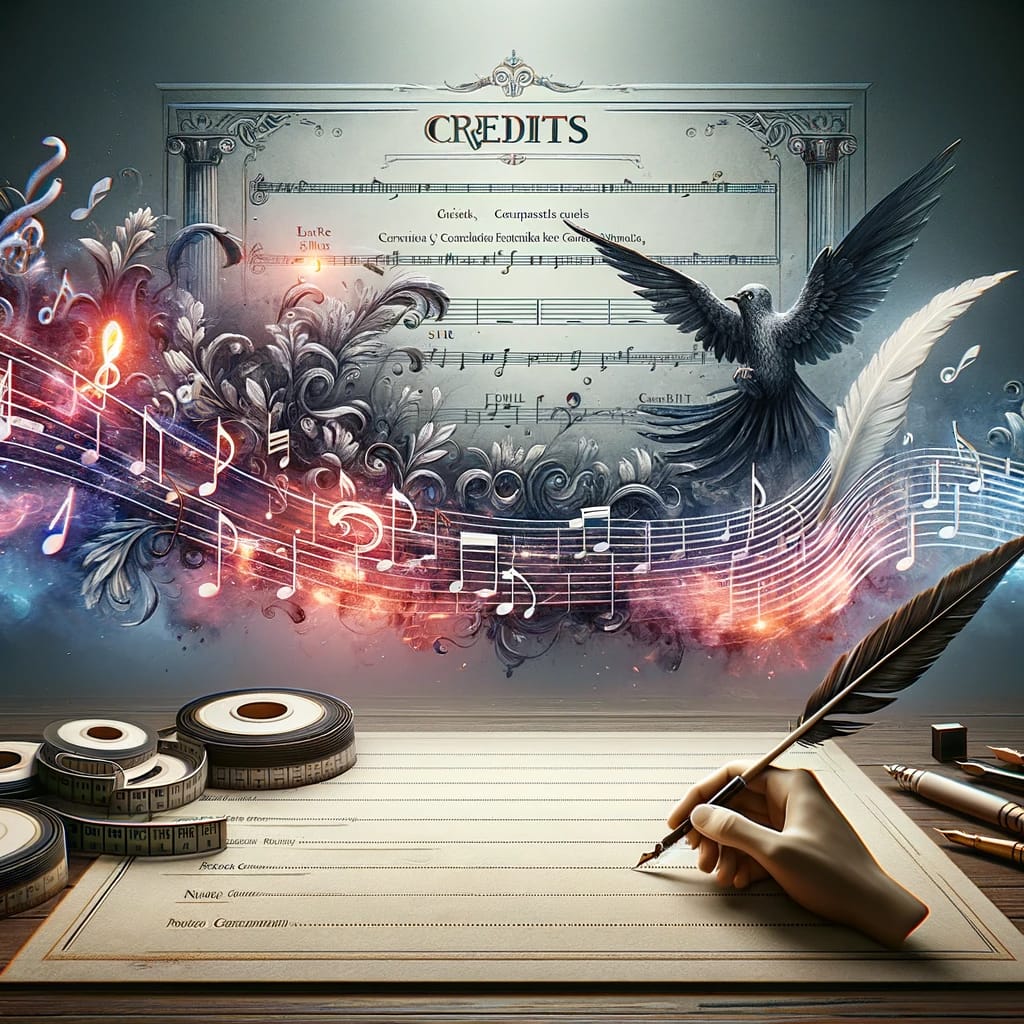
The importance of proper attribution cannot be understated when using free royalty free music. When you’re attributing you should include:
The name of the song
The name of the artist
Where you got it from
The license info, especially for Creative Commons licensed music
The terms of the free license will tell you what is required but usually this means giving credit to the composer by including their name in the project credits or adding a link to the composer’s website, especially in a video or app. You may also have to mention the platform or music provider, and the specific license type.
Always ensure you check the specifics of the license before using free royalty free music in your projects to avoid any copyright issues.
Public domain music

Royalty free music isn’t to be confused with music in the public domain. Music in the public domain is free of PA (performing arts) copyright but royalty free music is not.
Music enters the public domain one of two ways:
A composer may voluntarily decide to give up their copyright and put their works into the worldwide public domain. They can do this using a Creative Commons CC0 license or public domain dedication
Music also enters the public domain 70 years after the calendar year in which the composer dies.
If you wanted to use most music in the public domain then you would need to re-record it or find a cover version because although it’s free of PA copyright, the majority of music is still not free of SR (Sound Recording) copyright.
This means you would still have to pay for the master license fee, which is usually held by a record label or by the artist(s) themselves.
It’s worth noting that different countries have different copyright laws for recording. For instance, in the US Recordings enter the public domain 95 years after they were first released.
Paid Royalty Free Music
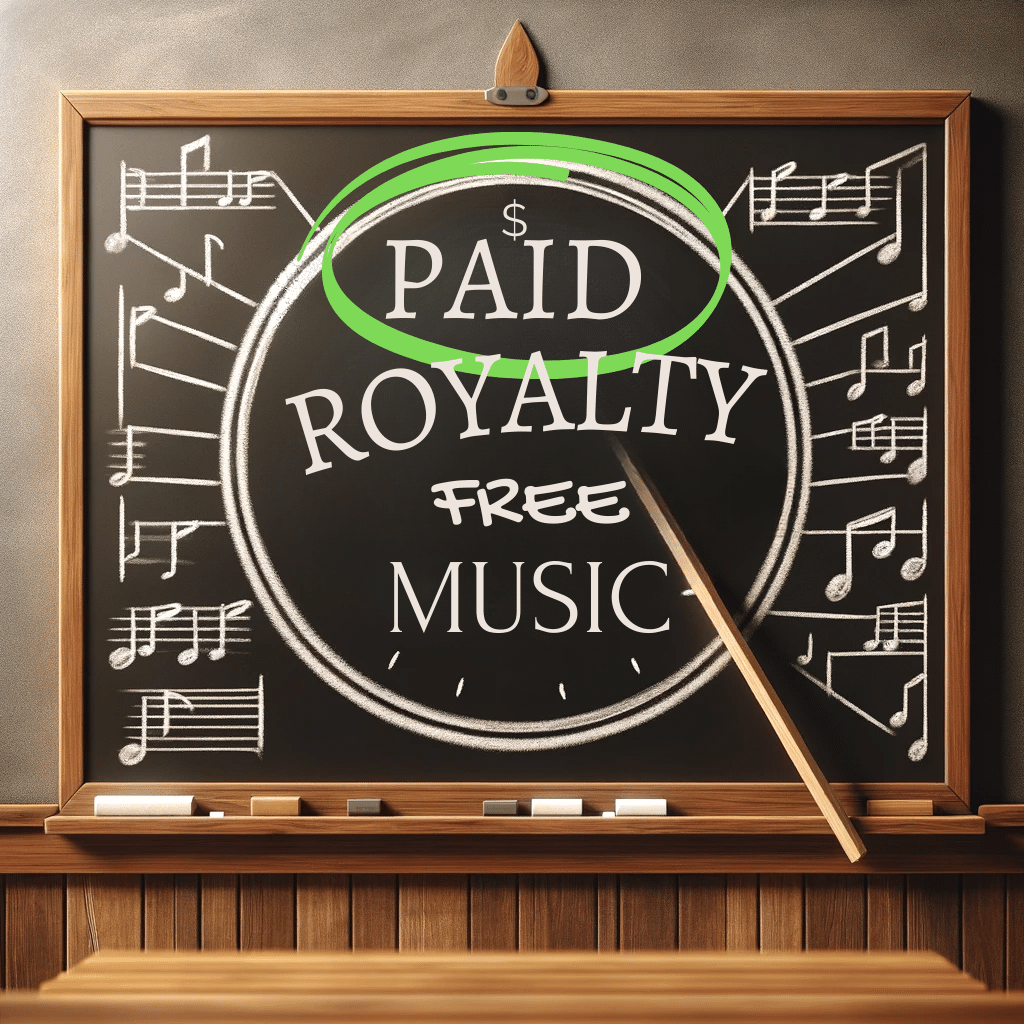
Paid royalty free music is a popular choice among content creators and online entrepreneurs. It requires a one-time license fee, which allows you to use the music track as much as you want without any extra costs or royalties. Once you’ve paid the fee, you’re good to go and don’t have to worry about paying any royalties to the artist for using that track in the future.
The costs for paid royalty free music can vary. Here are some examples:
Full-length track (2 minutes or longer): $24.95 to $49.95
Short music loop: starting from $9.95
Commercial license: several hundred dollars or more, depending on usage.
The Legalities of Royalty Free Music
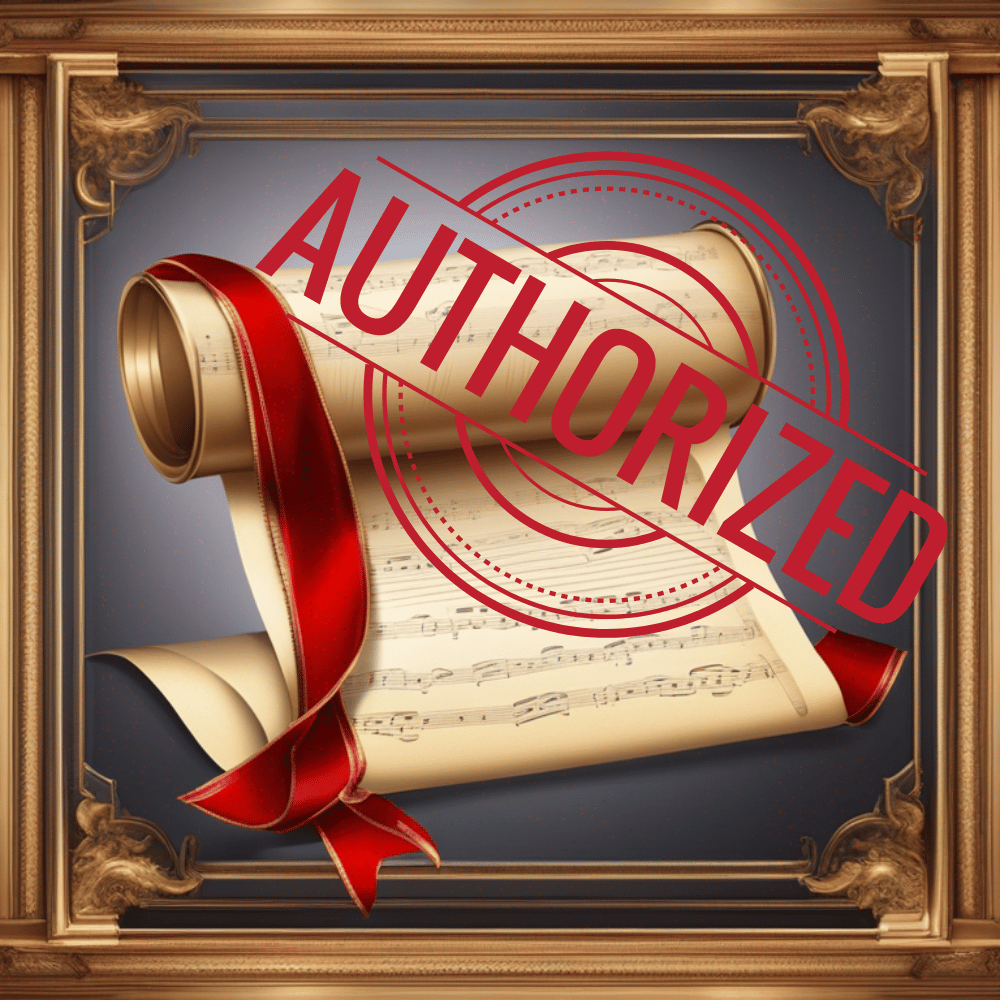
While Royalty free music is a more affordable and flexible option, it’s important to know that it is not free of copyright. The copyright of the music still belongs to the artist, but you are granted a license to use the music without paying ongoing royalties.
Remember to check the license carefully because not all royalty free music is free for commercial use. Some tracks may need additional payment or specific licenses for advertising for example. Contradicting the license terms, such as neglecting to pay for required licenses or using audio watermarked protected tracks, could lead to copyright violations with potential legal repercussions from the copyright proprietor, which let’s face it none of us want.
Grab your free
Music Strategy Starter Kit
Copyright and Royalty Free Music
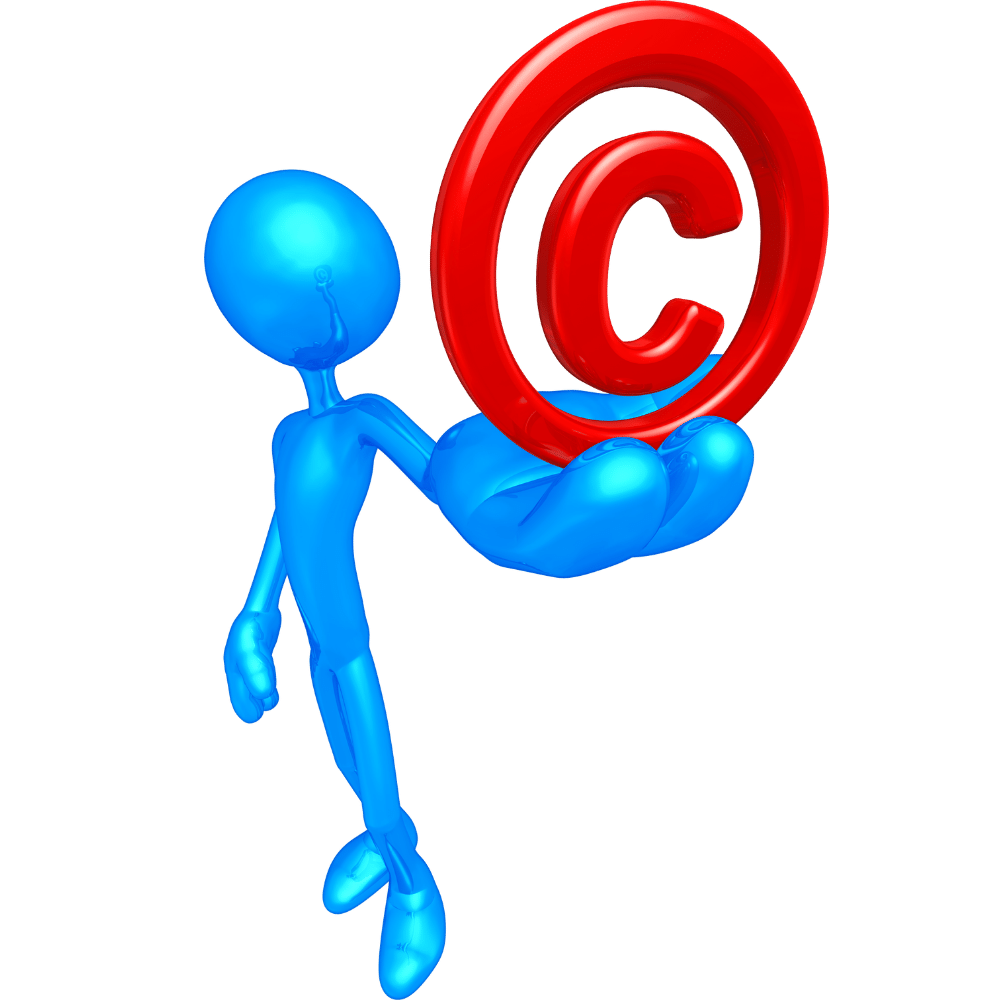
Royalty free music is not copyright free music. The copyright remains with the artist (composer), but the user is granted a royalty free license by the artist or composer to use their copyrighted music without paying ongoing royalties through a written agreement for specific purposes.
Performance Royalties and PROs
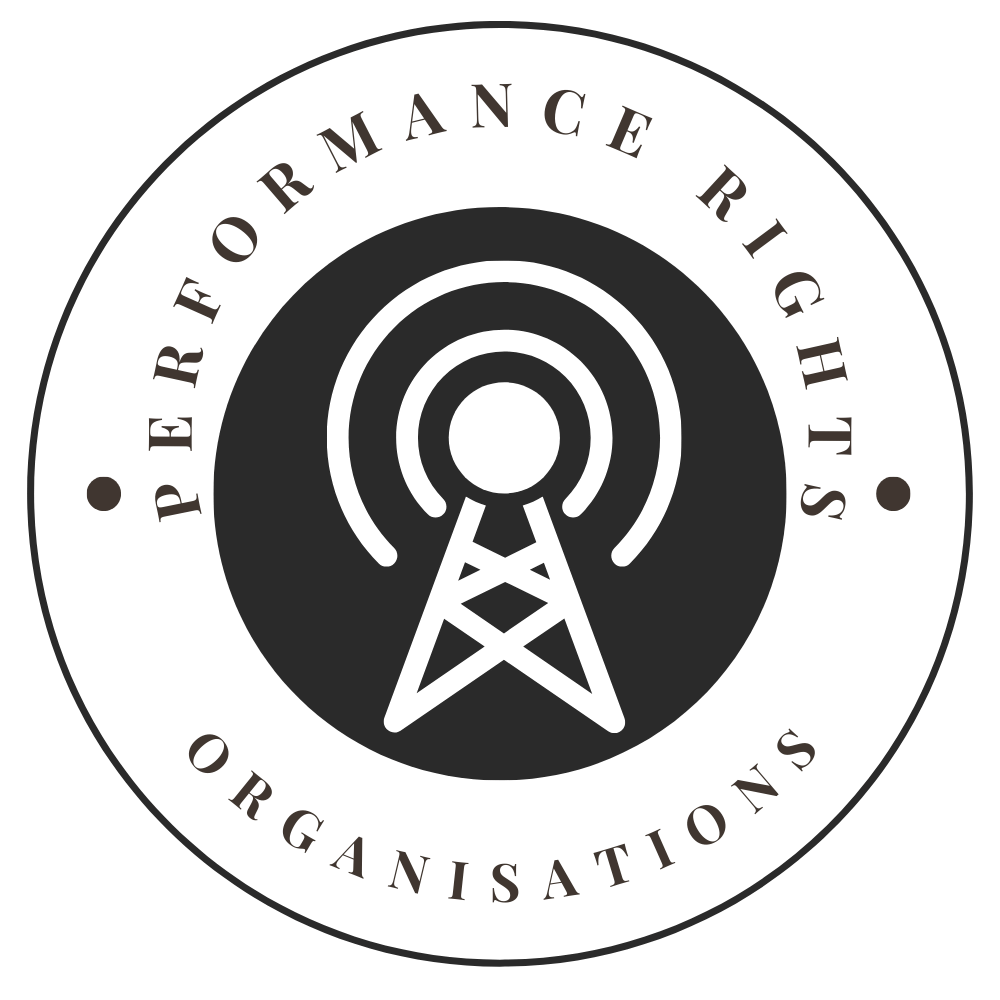
Performance Royalties are the fees collected by Performance Rights Organisations (PROs) when music is played in public or broadcast.
PROs are like the middlemen between artists and places that play their music. They handle the legal aspects and make sure artists get paid for their music after any type of public performance including radio, television and online broadcasts. PROs from different countries work together to make sure that artists get paid for their music being used globally.
Royalty free music users don’t have to worry about these fees.The performance royalties do not come out of the users pocket but are instead paid for by the broadcasters or broadcasting platform.
However some RFM sites do provide a cue sheet for completion by the user. This is a means of recording when a composer’s music has been used and it is subsequently submitted to the PROs for their records.
Even though it doesn’t cost you (the user of the music) anything, as a fellow creator it’s good practice to complete the cue sheet and provide the information because it helps PROs pay their composer members the correct share of of the broadcasters blanket license fee.
Finding the Right Royalty Free Music for Your Project
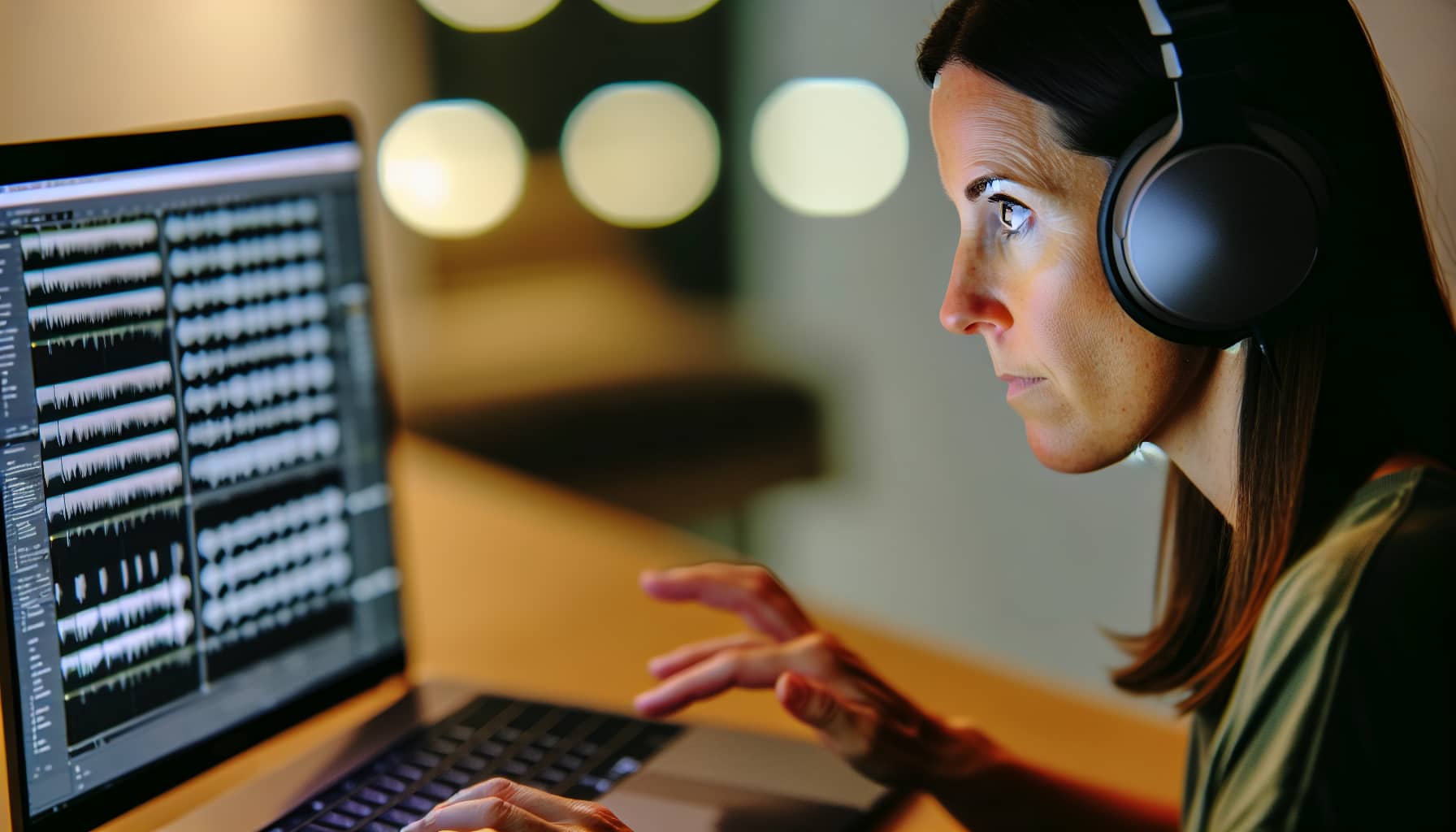
Selecting the suitable royalty free music involves considering the music’s genre, mood, and tempo. The chosen music should complement your project’s style, stimulate the intended emotional reaction, and synchronize with your content’s pace.
Extensive background music libraries catering to a variety of project requirements are offered by a number of paid royalty free music sites. Check out this blog post for in depth reviews on the best royalty free music sites for 2024.
They have easy-to-use search options that enable you to find the perfect track for your project. Make sure to preview tracks and read the licensing agreement and usage restrictions before making a final decision.
Key Factors to Consider
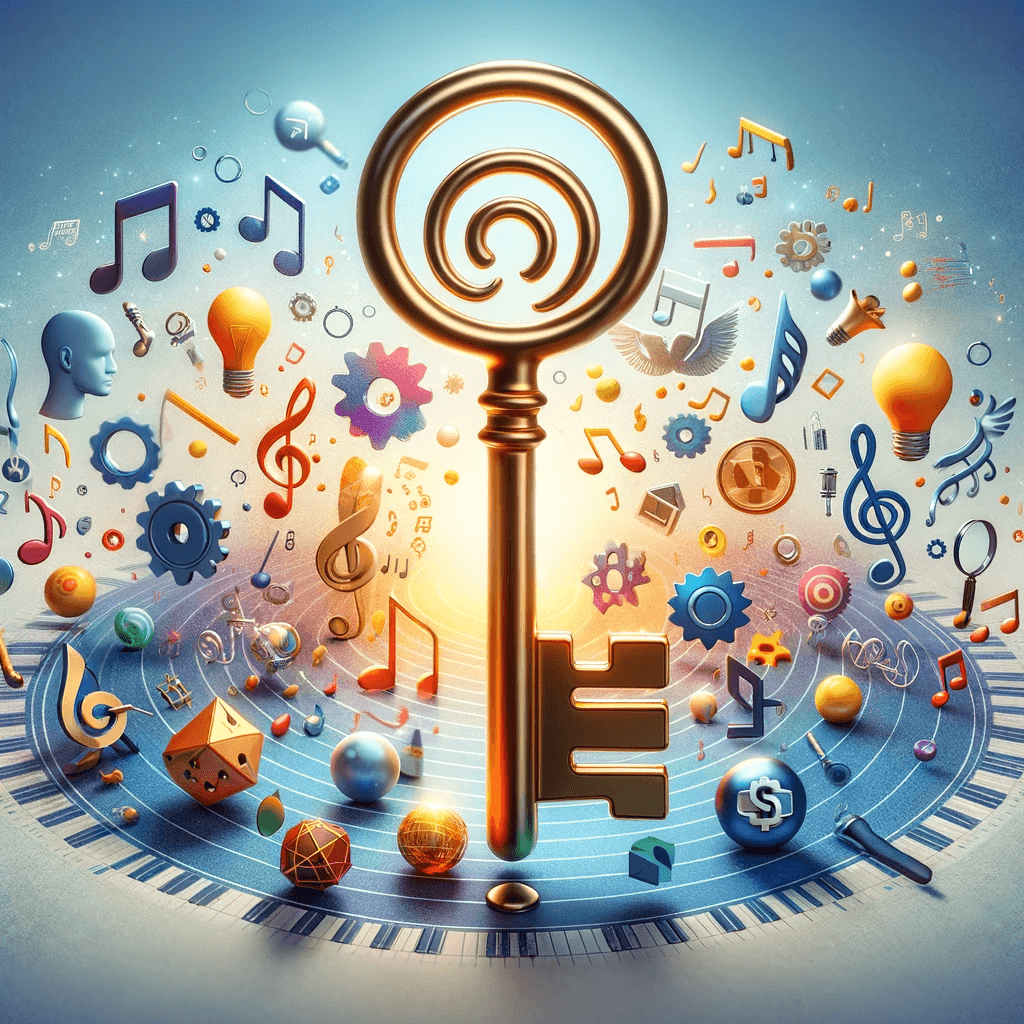
Consideration of the project’s purpose, target audience, and desired emotional response is key when selecting royalty free music for your project. The music should match the vibe and message of your project, making it more impactful and effective.
Choosing the right royalty free music hinges on your audience. The music should resonate with them and enhance their experience. Royalty free music can heighten the emotional impact of your project, setting the right mood, conveying messages, and fostering a deeper connection with the audience.
You can gauge the emotional tone of a royalty free music track by checking out search filters based on feelings or emotions. Some royalty free music sites offer filters based on how energetic a track is from calm to intense which is a big help in selecting tracks to produce the desired emotive response from you audience.
Top Royalty Free Music Platforms
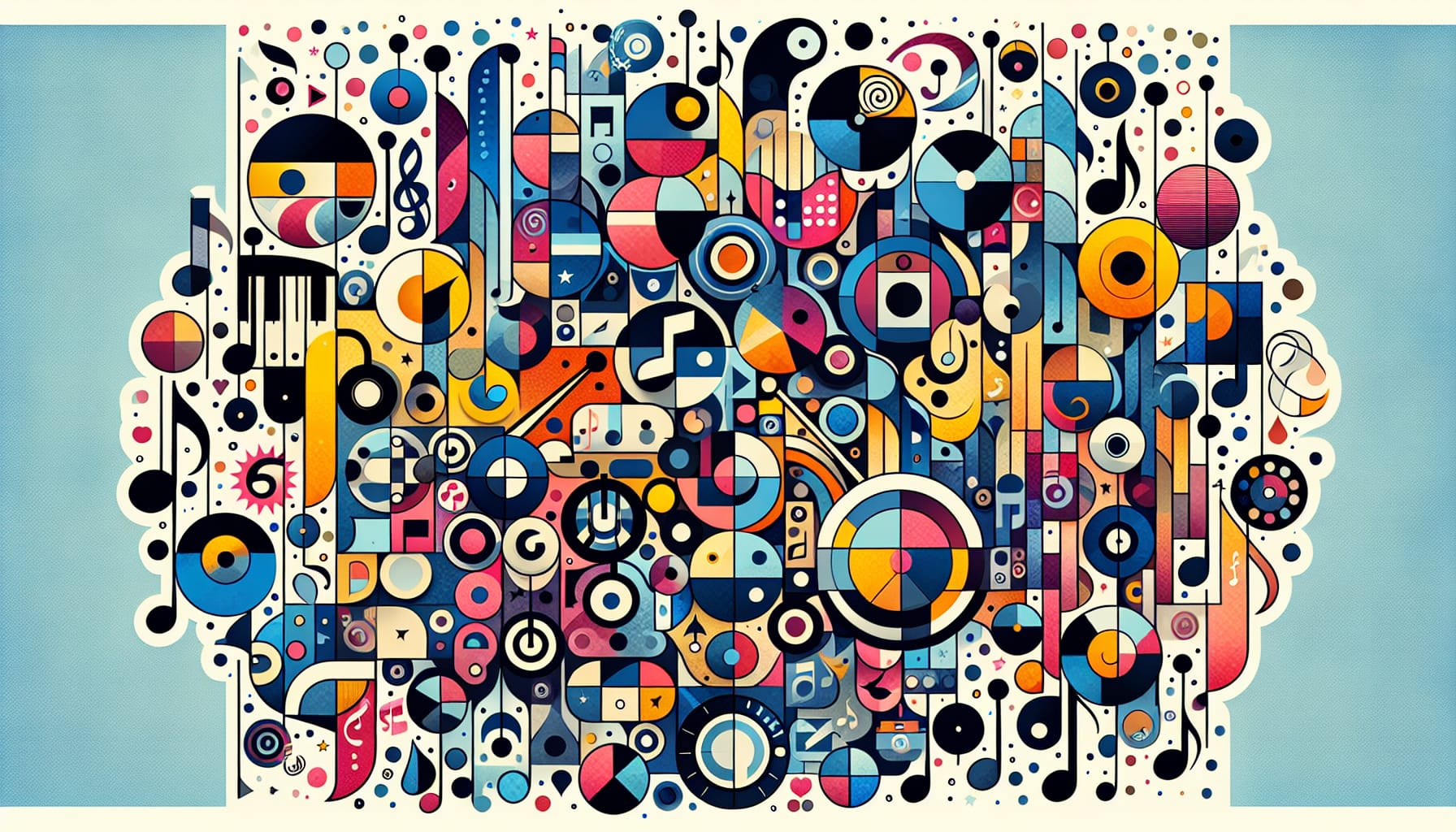
Numerous leading royalty free music platforms provide quality tracks suitable for an array of projects.They all offer extensive libraries and easy-to-use search options that make it easy to find the right music for your project.
Grab your free
Music Strategy Starter Kit
Some offer a low cost monthly subscription for business owners and creators that allows monetisation on Youtube and whitelists your linked social media channels so you won’t get any copyright claims.
Other royalty free platforms have their own music tracking system that can identify videos using their music and stop copyright claims before they happen. This ensures a smooth creative process for music users and the interests of the composer and artists are taken care of too.
Incorporating Royalty Free Music into Your Content
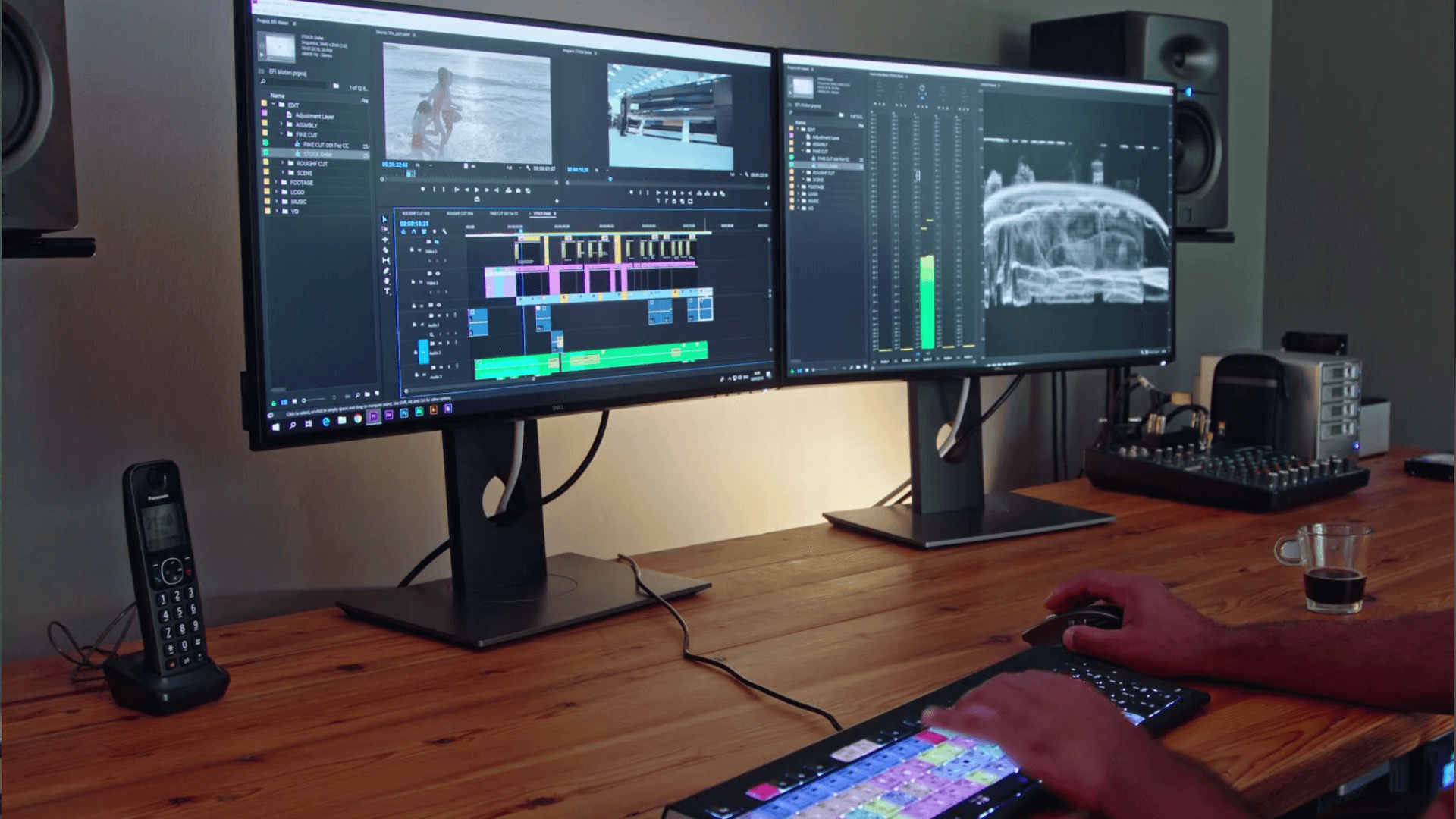
Using royalty free music in your content goes beyond simply selecting a track and embedding it in your project. It involves editing the track to fit your project’s needs.
Editing and Customising Tracks
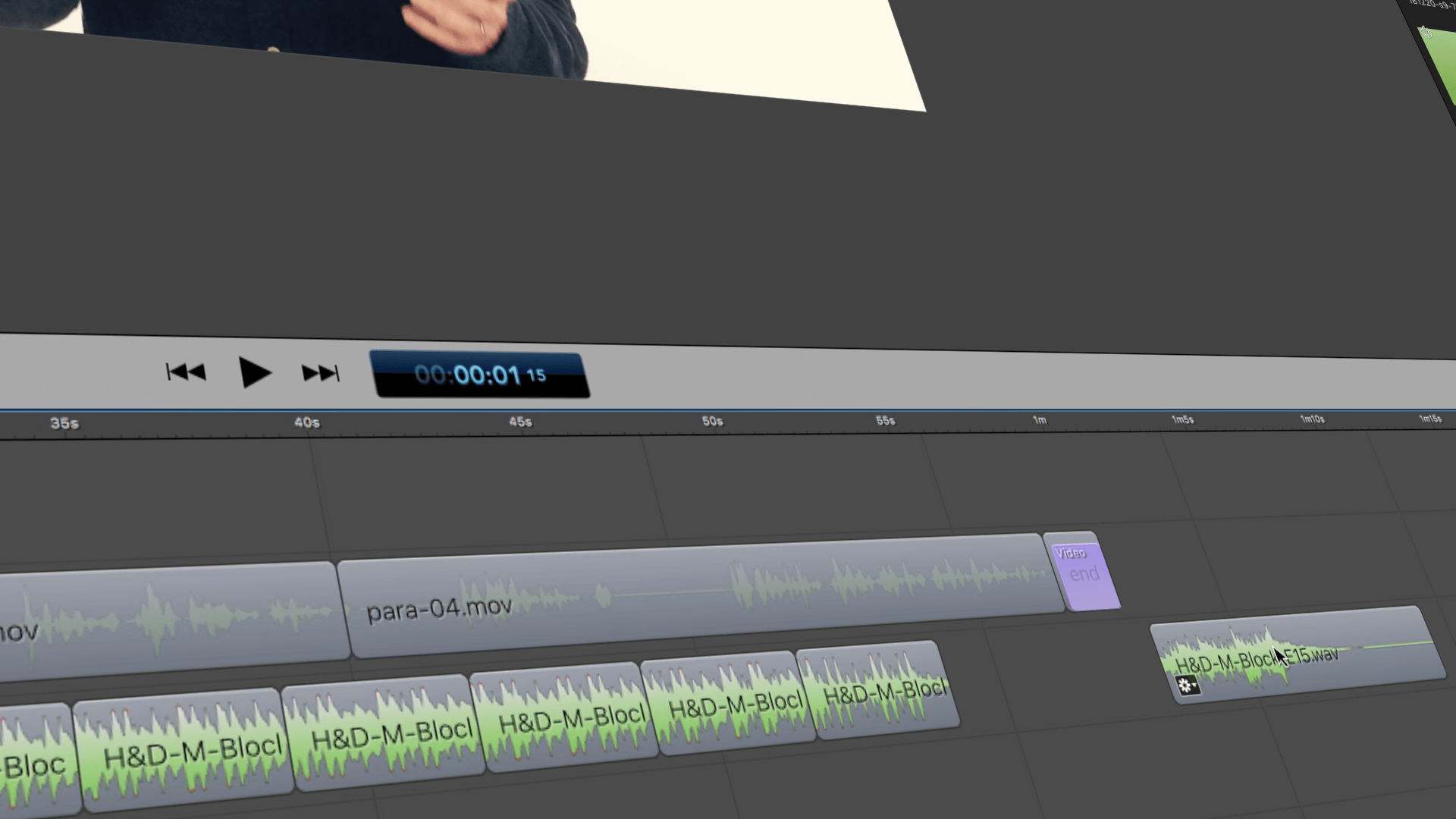
The customisation of royalty free music tracks can augment your content, thereby making it more captivating and you’re free to tweak royalty free music tracks without breaking the licensing agreement.
Tools like Adobe Premiere Pro, DaVinci Resolve, Final Cut Pro, Screenflow (Mac only) and Camtasia are great for customising and editing tracks by:
Trimming the audio on the timeline to fit your content length.
Adjusting the volume of the mix so the royalty free music track, the voiceover and any SFX sits well with each other.
Adding fade ins and outs between music tracks to create create smooth transitions in your content and continuity.
Changing the speed to slow down or speed up the track as needed.
Tools like Sonicfire Pro by Smartsound or apps like Filmstro can be used to edit and customize royalty free music tracks even further offering real time musical arranging to really hone the emotive response of your audience at specific points in your content.
Summary
To round things off, Royalty Free Music presents a flexible, cost-effective, and legal way for creators and online entrepreneurs to enhance their content with music. From understanding the concept and legalities of royalty free music to finding the right track for your project and incorporating it into your content, the journey of using royalty free music can be a rewarding experience.
Navigate wisely in the royalty free music world. Respect artist rights, adhere to licensing agreements, and attribute as needed. This empowers you to create captivating soundtracks for your audience and you’re good to go.
Frequently Asked Questions
Is royalty-free music actually free?
No, royalty-free is not entirely free, but rather requires a one-time payment for a license to use the content. This allows for multiple uses within the terms of the license agreement.
How do you know if a song is royalty-free?
You can know if a song is royalty-free by checking databases like the U.S. Copyright Office’s Public Catalog, using platforms like YouTube’s Content ID system or Music Policies, and searching on royalty-free music platforms for their licensing terms. This way, you can ensure that the song is free from copyright restrictions.
Who pays for royalty-free music?
When you purchase a license for royalty-free music, the company you buy it from pays the composer(s) so you have the freedom to use the music without additional costs. Enjoy using your music worry-free!
What songs are royalty-free?
You can find royalty-free songs like “Take Me Out to the Ball Game,” “Happy Birthday,” and “House of the Rising Sun” among others. These songs are popular choices and are available for use without the need for further royalties or licensing fees but you will still have to pay for a recorded version, unless you want to record it yourself!
Is royalty-free the same as copyright-free?
No, royalty-free does not mean the same as copyright-free. Royalty-free content still has copyright protection, so you have to pay a fee to use it.